Environmental Applications for GIS
biol/envst/geog 362 - Great Lakes - Summer Session II
Theory and application of spatial analysis for applied social and ecological problem-solving. This course combines GPS field data collection; ArcGIS use for storage, processing, interpretation, and presentation of data; location and integration of existing source information; and remote sensing integration with GIS applications. The course is designed around an environmental project to apply GIS techniques for real-world problem-solving in protecting and restoring ecosystems. (4 credits)
Field, Applied, Interdisciplinary
Professor: Dr. Mark Gathany
Meets: Tuesday & Thursday
knowledge gained
Examination of foundational principles of geography and cartography
An understanding of how to collect a spatially balanced sample
A working knowledge of spatial statistics
Experience working with remote sensed imagery and their processing
A better understanding of landscape ecology and associated issues in conservation and environmental planning.
skills developed
Data Collection:
Use of recreational (Garmin) and professional (Trimble) GPS units
Field collection of spatial features (e.g. trees) and their attributes (e.g. species) using GPS
Experience with Trimble’s TerraSync and GPS Pathfinder Office and/or Esri’s ArcPad software for field data collection
Integrating GPS and GIS to generate new data layers
Searching, accessing, downloading and displaying web-based data
Data manipulation & analysis:
A working knowledge of Esri’s ArcGIS Desktop software
ArcMap, ArcCatalog, ArcToolbox, Spatial Analyst & 3D Analyst
Exploration of open source GIS packages such as QGIS or GRASS
GoogleEarth Standard and Pro for visualization and accessing real-time data updates
Creating and editing features in the digital environment
Working with remotely sensed imagery for analysis or visualization purposes
Investigation of habitat loss, fragmentation, and isolation with FragStats/PatchAnalyst
Project and data management:
Proceed through all of the stages of a project from conception to presentation
Produce a portfolio to exhibit your newly developed skillset
field experience
Creating a trail map using a common (recreational grade) GPS unit
Developing and implementing a strategy for complex data collection in the field
Remote sensing “ground truthing”
Tentative plans for some or all of the following:
wetland delineation (soils, hydrology, and vegetation)
vegetation mapping
habitat suitability
fire severity mapping
Time for individual-based projects

